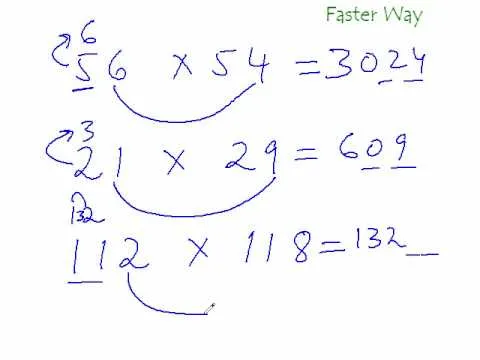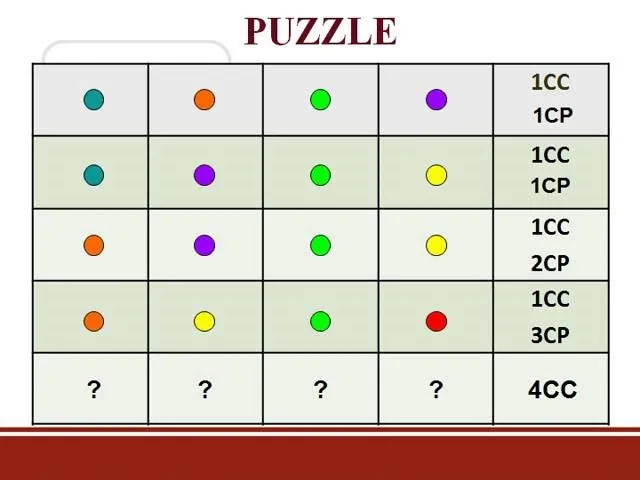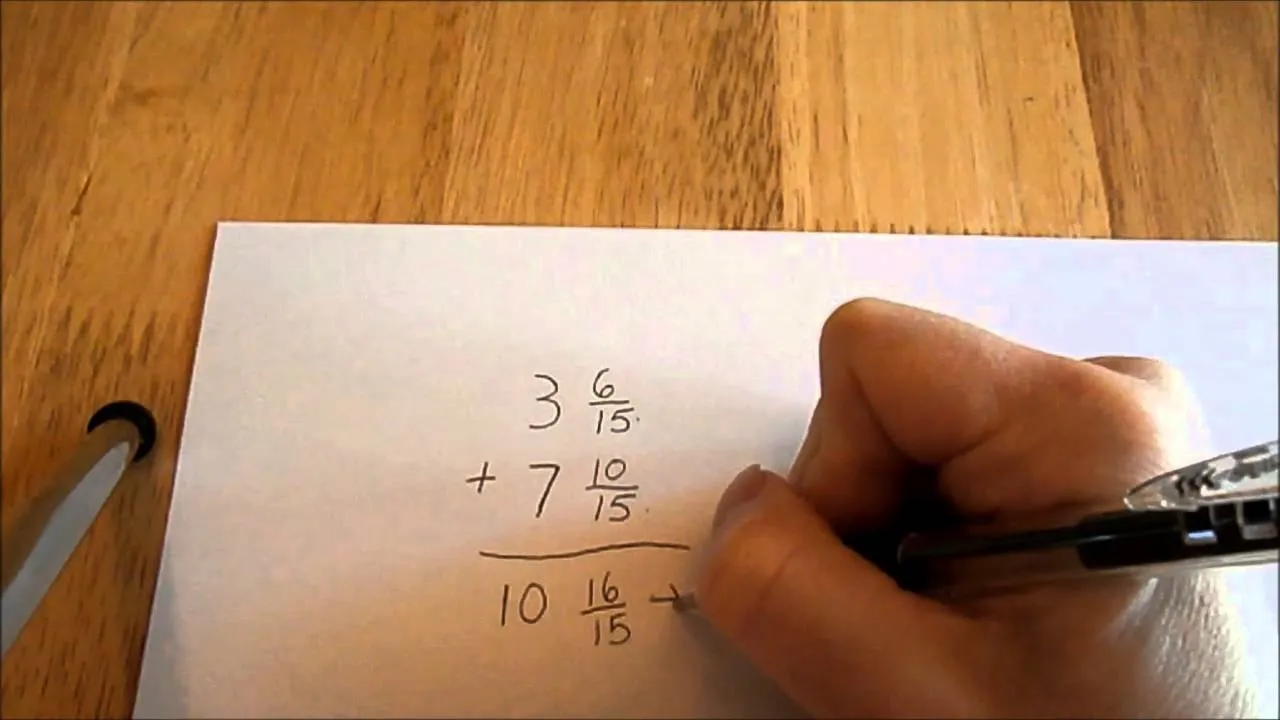When you need to crunch numbers quickly — and I mean really quickly — there's a cool method you can use to multiply two numbers together in just a few seconds.
This is great when you need to speed through multiplication homework, and is also good for impressing your math teacher or peers, or as just a cool party trick (depending on your crowd). Mental math for the win! Now, this trick will only apply in a few multiplication settings, but more on that later.
For the first example, let's calculate the following:
24 x 26 =
Start by taking the first digit of the first number (2 for 24) and multiplying that by the number directly higher than it, which will give you the first digit(s) of the answer. So for 24 multiplied by 26, it would be 2 (first digit in first number) multiplied by 3 (one digit higher) = 6.
This means that 6 is our first digit in the answer.
Now take the second digit of the first number (4 for 24) and multiple that by the second digit of the second number (6 for 26), which will give you the remaining digits of the answer. So for 24 multiplied by 26, it would be 4 (second digit in first number) x 6 (second digit in second number) = 24.
2 and 4 are the the last digits of the answer.
So, 24 x 26 = 624.
Voilà! You're done. That's some next level Harry Potter-style magic, right?
A Few Restrictions
If you thought this method was too good to be true, well, you're right. There are a few restrictions, or caveats, that must be adhered to:
- the first digits of both numbers must be the same
- the last digit of both numbers must equal 10
If you look at the example above, the first digit in each number (24, 26) is 2, and the last digits in each (4, 6) equals 10. Let's do a few more examples to hit this point home.
37 x 33 =
For 37 multiplied by 33, it would be 3 (first digit in first number) multiplied by 4 (one digit higher) = 12.
That means that 1 and 2 are our first digits in the answer.
For the second part of the trick, it would be 7 (second digit in first number) multiplied by 3 (second digit in second number) = 21.
That means that 2 and 1 are the the last digits of the answer.
So, 37 x 33 = 1,221.
122 x 128 =
For 122 multiplied by 128, it would be 12 (first digits in first number) multiplied by 13 (one digit higher) = 156.
So 1, 5, and 6 are our first digits in the answer.
For the second part of the trick, it would be 2 (second digit in first number) multiplied by 8 (second digit in second number) = 16.
1 and 6 are the the last digits of the answer.
So, 122 x 128 = 15,616.
59 x 51 =
Okay, so the above examples were all pretty easy. Now let's try one where the ones digits (the second digits, the ones that are supposed to equal 10) are multiplied together but don't exceed 10. In this case, you would add a zero before the answer.
For 59 multiplied by 51, it would be 5 (first digits in first number) multiplied by 6 (one digit higher) = 30.
That means that 3 and 0 are our first digits in the answer.
For the second part of the trick, it would be 9 (second digit in first number) multiplied by 1 (second digit in second number) = 9. Since this is less than 10, we would add a zero beforehand.
That means that 0 and 9 are the the last digits of the answer.
So, 59 x 51 = 3,009.
For a more visual guide, check out the video below from Roger73026 on YouTube, which has more examples of this math trick in action:
Cover image by Ion Chiosea/123RF
























Comments
Be the first, drop a comment!